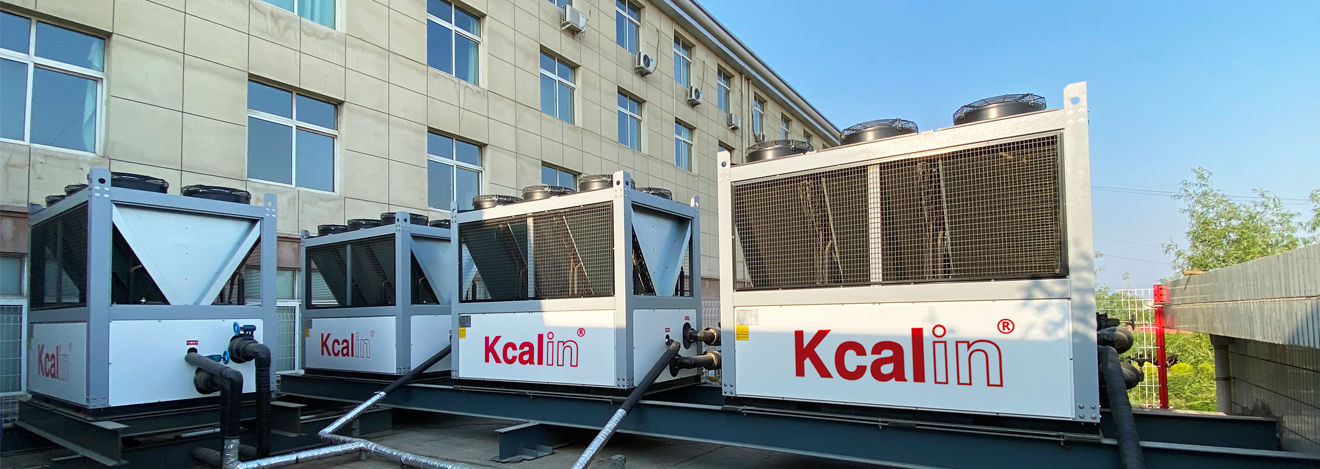On the medical stage, the ICU (Intensive Care Unit) plays the line of defense for life, and the ventilation system is the invisible guardian on this line of defense. The design and operating standards of the ICU ventilation system determine the critical medical environment for patients. This article will delve into the strict standards of hospital ICU ventilation systems and how they protect life in fresh air.
The ICU ventilation system is not only a device to maintain a fresh medical environment, but also a key to providing life support for patients. In the ICU, patients have more stringent requirements for air quality due to their critical condition and weakened immunity. The ventilation system maintains fresh air in the ICU by providing fresh air, eliminating harmful gases and microorganisms, and creating an environment conducive to rehabilitation for patients.
The design of the ICU ventilation system not only needs to consider ventilation volume and air flow direction, but also needs to meet a series of strict standards to ensure the life of patients to a greater extent.
Air purification technology: The ICU ventilation system must be equipped with efficient air purification technology, including air filters, ultraviolet disinfection, etc. These technologies can effectively remove microorganisms, viruses, and harmful particles from the air, ensuring that patients breathe clean air.
Air flow control: The ventilation system must have strict air flow control capabilities to ensure that the direction of air flow meets medical needs. For example, to avoid cross infection between patients and ensure that clean areas are not contaminated by external air.

Temperature and humidity control: The ICU ventilation system needs to be able to accurately control temperature and humidity, providing a comfortable rehabilitation environment for patients. Especially for patients who require special care, such as burn patients, temperature and humidity control is particularly important.
Stability in emergency situations: In emergency situations, the ventilation system needs to maintain stable operation to ensure that it can still provide sufficient oxygen and fresh air to patients in case of power outage or other emergency situations.
Intelligent monitoring and control: Adopting an intelligent monitoring and control system, real-time monitoring of air quality, temperature and humidity and other parameters can automatically adjust the operating status of the ventilation system, ensuring that it is always maintained under appropriate medical environmental standards.
In order to meet the operational standards of ICU ventilation systems, medical institutions usually need to follow a series of specifications and guidelines. These standards are usually issued by relevant health and medical management agencies, including but not limited to the following aspects:
Requirements of the health department: The health department usually specifies the design and operation standards for the ventilation system of medical institutions' ICUs, including technical requirements, cleaning and maintenance standards for the ventilation system.
Guidelines for Healthcare Organizations: Healthcare organizations have issued a series of guidelines on medical environmental safety, including recommendations for the design, operation, and maintenance of ICU ventilation systems.
Industry Association Standards: Medical industry associations and organizations often publish relevant standards and guidelines, which are more practical and help medical institutions better operate and manage ICU ventilation systems.
In the future, with the continuous progress of technology, the ventilation system of hospital ICUs will usher in more innovation. Intelligence, digitization, and green environmental protection will become key directions for future development. The application of new materials and technologies will make the ventilation system more efficient and energy-saving, providing patients with a more comfortable and safe medical environment.
In the ICU of the hospital, the ventilation system is like an unknown guardian, carrying the protection of life in the fresh air. The strict standards of hospital ICU ventilation systems are designed to provide solid support for life even in fragile moments. By uncovering these standards, we have gained a deeper understanding of the role of hospital ICU ventilation systems in life protection, providing patients with a fresh and safe treatment environment.







Comment